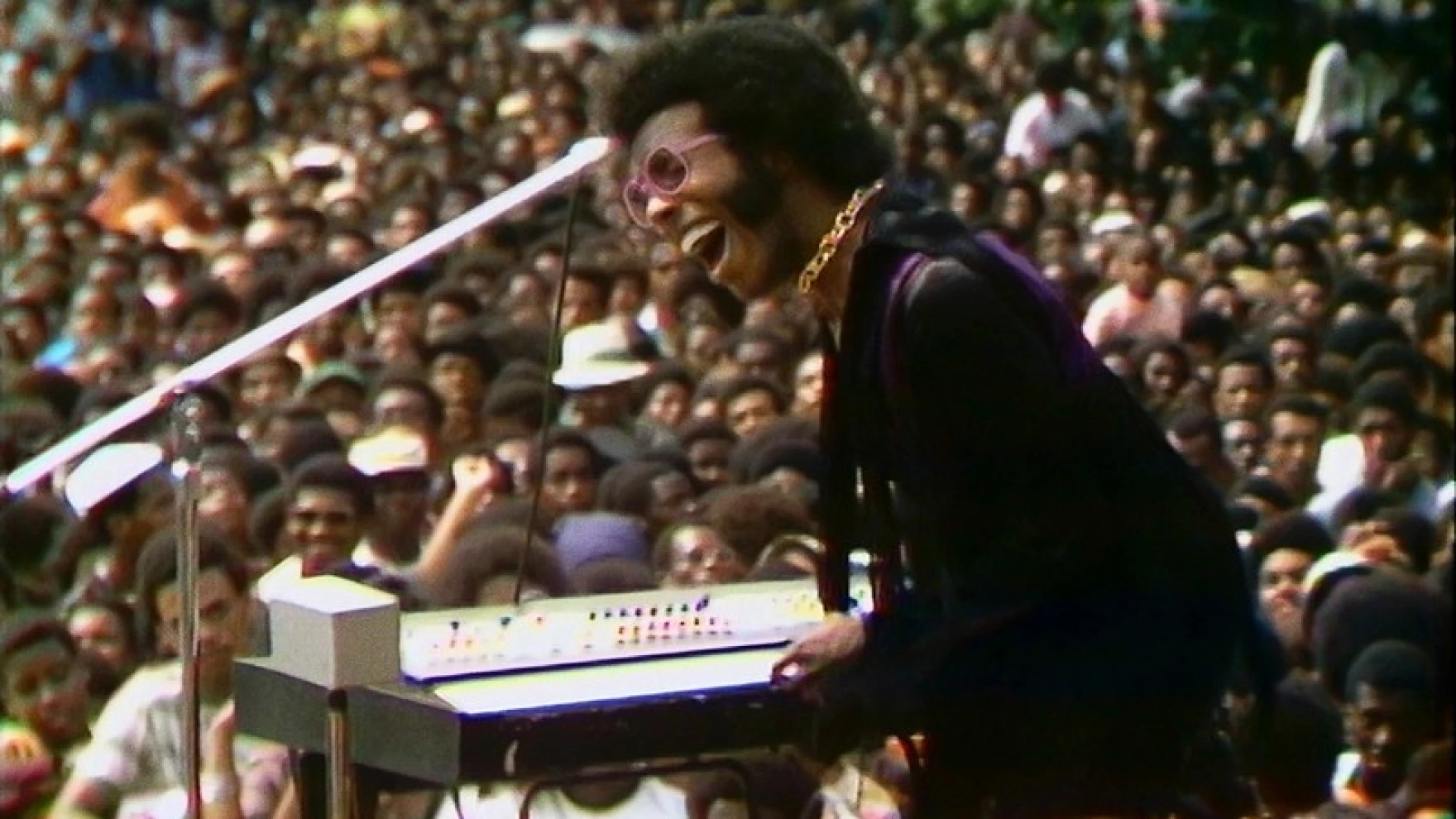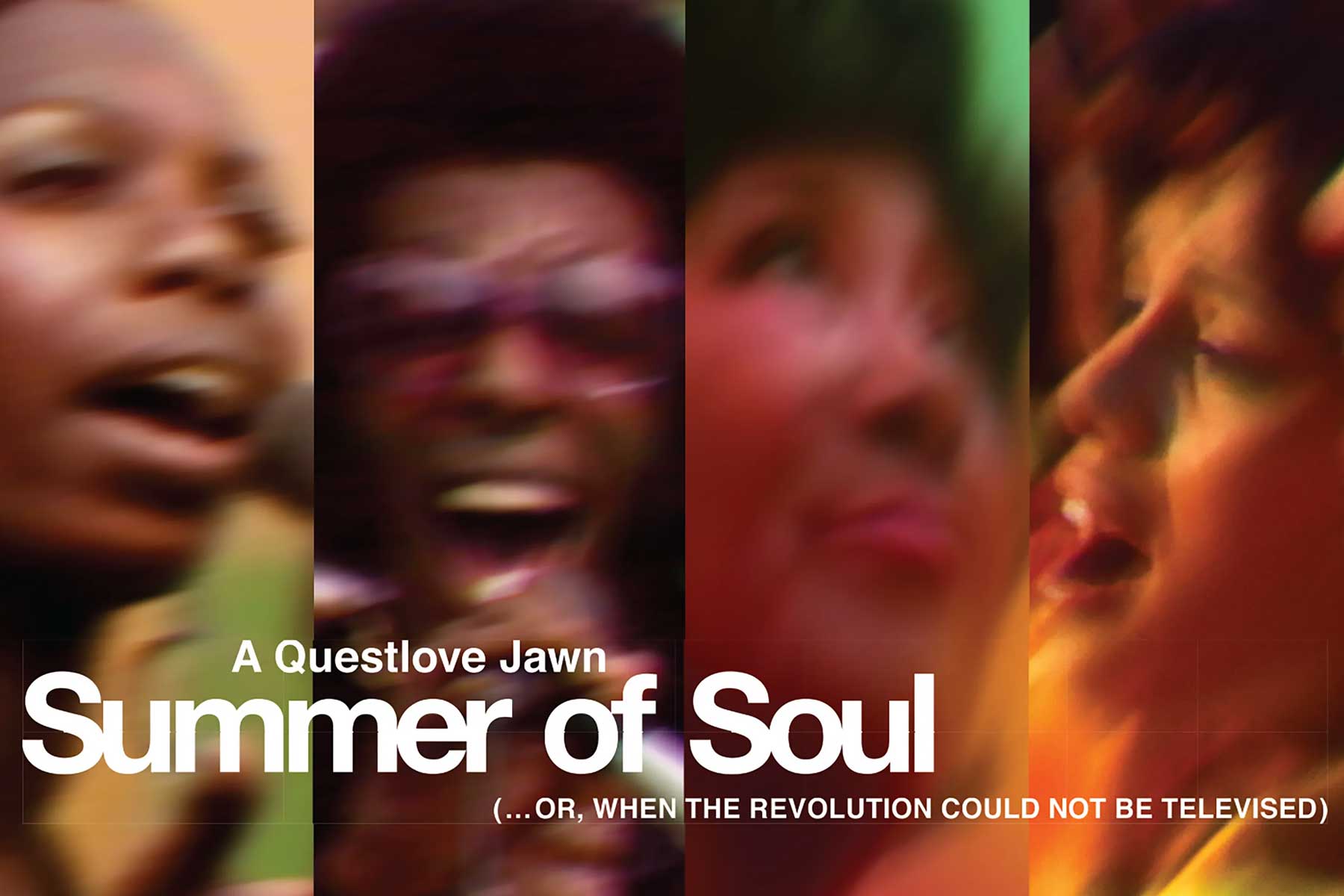Like Toronto, NY and other film festivals, Sundance in the Plague Year was virtual. It reduced its scope and crammed 73 films into six days. Nothing unspooled, it all streamed digitally, with 28 satellite drive-in sites scattered around the country. Here in the East it was freezing, and we got the snow Park City didn’t.
HJ:. Sundance this year took the measure of Race – where we’ve been and where we are, maybe where we’re headed only by inference. Sundance 21 was Black History Month condensed to a concentrated week .
One after another, across the Sundance spectrum of American dramatic films and documentaries, the stories focused on Black characters, historical or fictional, first and foremost coming to terms with identity and with Color. Fred Thompson, Alvin Ailey, Rita Moreno, Romeo and Juliet on Instagram, Black Baltimore under surveillance cameras, prisoners in the Ivory Coast. The Black films that carried the most weight stem from the shift in the 1960s when Black Politics straddled a divide between Martin Luther King’s integration with equal rights, and the rise of younger Black Power leaders, when as one of the films at Sundance noted, consciousness shifted from Negro to Black. The lineup points to the state of things 50 years later.
Judas And The Black Messiah returns to Chicago of 1969 and the FBI assassination of Chicago Black Panther Party head, Fred Hampton. It’s based on the story of an FBI plant inside the Chicago Panther organization. The Feds identified Hampton as a political talent, which in FBI terms meant threat. Here Martin Sheen dramatizes the moment when FBI chief J. Edgar Hoover gives the Agency its marching orders.
Judas And The Black Messiah is directed by Shaka King, produced by Ryan Coogler, who cut his teeth winning Sundance with Fruitvale Station in 2013 and then going on to direct Black Panther three years ago. It stars Daniel Kaluuya, memorable in both Get Out and Black Panther, as Hampton at the moment he’s had enough. Lakeith Stanfield is the snitch to an FBI agent played by Jesse Plemons. Warner Brothers used Sundance to launch the film, which opens and streams next Friday.

Swing all the way to the love side of the dial in exactly the same year, 1969, and there was no better film at Sundance than the film that won its US Documentary competition and Audience award Tuesday night, Summer of Soul, Or When the Revolution Could Not Be Televised. How about the chance to see and hear Stevie Wonder, Nina Simone, BB King, Sly & the Family Stone, The Staples Singers, Gladys Knight and the Pips, Herbie Mann, Edwin Hawkins, Max Roach, David Ruffin, Ray Barretto’s Latin beat, Hugh Masekela, the Chambers Bros, Billy Davis, Marilyn McCoo and 5th Dimension (very nervous for being included at all), and Mahalia Jackson in a duet given full throttle with Mavis Staples of “Precious Lord, Take My Hand,” Martin Luther King’s favorite song? Just come on down. All for free.
Summer of Soul presents The Harlem Cultural festival that took place over 6 weekends in New York City’s Mt. Morris Park, at 124th St and 5th Ave. But the great and mighty Woodstock Festival took place 100 miles north of NYC, and sucked up all the oxygen, not to mention media attention. Except for those in Mt. Morris Park, the festival during that hot summer of ’69 stayed buried till the producers of the film and Roots drummer Ahmir Questlove Thompson and his brilliant editor, Josh Peterson, pulled together the narrative from hours of footage stored for 50 years by the late producer Hal Tulchin after he couldn’t sell any coverage to the 3 main networks.
We landed on the moon in the middle of this summer series of free concerts but to those in Mt. Morris Park, that was white moon, white people. Harlem Cultural Fest was all Black people, getting a measure of how wide the black musical range was — from Mahalia to Sly to Motown and 5th Dimension, and how they were all part of the soundtrack for the emerging power of Black identity. The result is thrilling.


